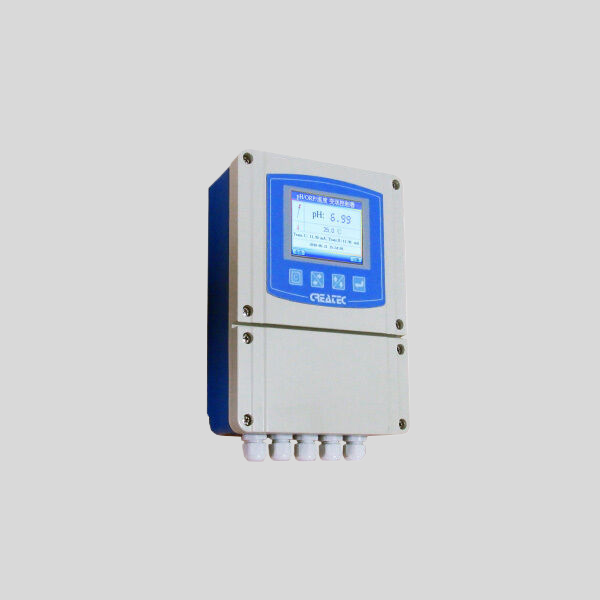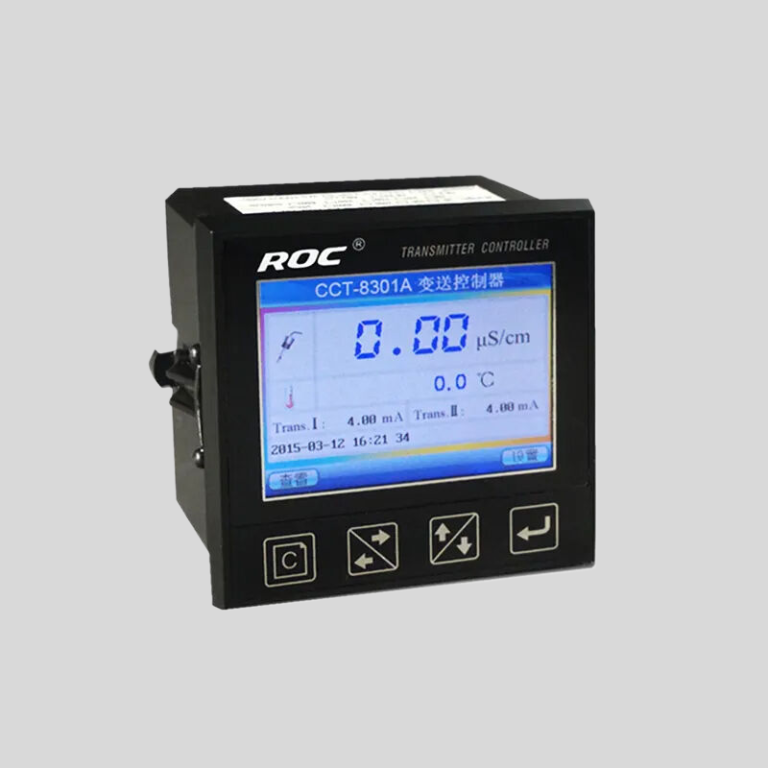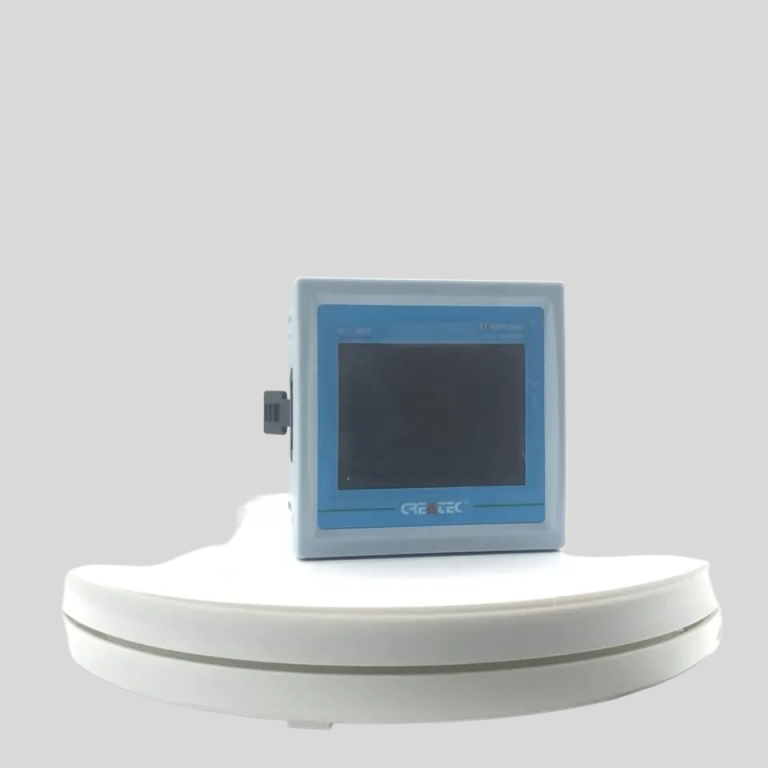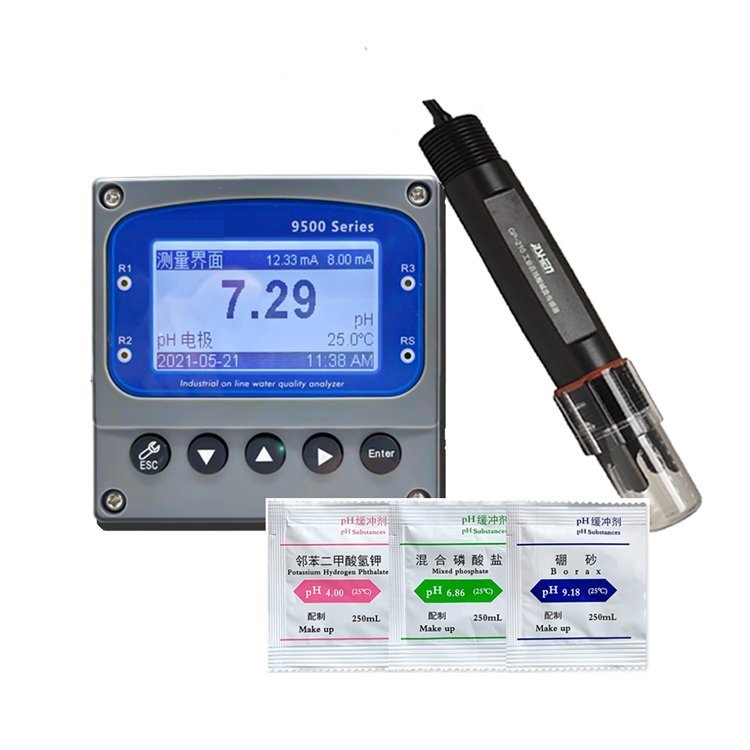Understanding the Importance of Conductivity Measurement in water quality analysis
Conductivity meters are essential tools in water quality analysis, providing valuable information about the overall health and purity of a water sample. These meters measure the ability of water to conduct an electrical current, which is directly related to the concentration of ions present in the water. Conductivity is a key parameter in assessing the quality of water for various applications, including drinking water, industrial processes, and environmental monitoring.

| CCT-3300 | ||||
| Constant | 10.00cm-1 | 1.000cm-1 | 0.100cm-1 | 0.010cm-1 |
| Conductivity | (500~20,000) | (1.0~2,000) | (0.5~200) | (0.05~18.25) |
| μS/cm | μS/cm | μS/cm | MΩ·cm | |
| TDS | (250~10,000) | (0.5~1,000) | (0.25~100) | —— |
| ppm | ppm | ppm | ||
| Medium Temp. | (0~50)℃(Temp. Compensation : NTC10K) | |||
| Resolution | Conductivity: 0.01μS/cm;0.01mS/cm | |||
| TDS: 0.01ppm | ||||
| Temp.: 0.1℃ | ||||
| Accuracy | Conductivity:1.5%(FS) | |||
| Resistivity: 2.0%(FS) | ||||
| TDS:1.5%(FS) | ||||
| Temp:±0.5℃ | ||||
| Analog Output | Single isolated(4~20)mA,instrument/transmitter for selection | |||
| Control Output | SPDT relay,Load Capacity: AC 230V/50A(Max) | |||
| Working Environment | Temp: (0~50)℃;Relative humidity: ≤85%RH(none condensation) | |||
| Storage Environment | Temp:(-20~60)℃; Relative humidity ≤85%RH(none condensation) | |||
| Power Supply | DC 24V/AC 110V/AC 220V±15%(for selection) | |||
| Dimension | 48mm×96mm×80mm (H×W×D) | |||
| Hole Size | 44mm×92mm (H×W) | |||
| Installation | Panel mounted, fast installation | |||
One of the primary reasons conductivity measurement is important in water quality analysis is its ability to indicate the presence of dissolved solids in water. These solids, which include salts, minerals, and other substances, can affect the taste, odor, and overall quality of water. By measuring conductivity, researchers can determine the total dissolved solids (TDS) in a water sample, providing valuable information about its purity and suitability for consumption.
In addition to TDS, conductivity measurement can also help identify the presence of specific ions in water, such as chloride, sulfate, and nitrate. These ions can have a significant impact on water quality, affecting its corrosivity, alkalinity, and overall chemical composition. By measuring conductivity, researchers can assess the levels of these ions in water and take appropriate steps to address any potential issues.
Conductivity meters are also valuable tools for monitoring water quality in industrial processes, where water purity is critical for ensuring product quality and process efficiency. In industries such as pharmaceuticals, food and beverage, and electronics manufacturing, even small variations in water conductivity can have a significant impact on product quality and production costs. By regularly monitoring conductivity levels, companies can identify potential issues early and take corrective action to maintain water quality standards.

Environmental monitoring is another important application of conductivity measurement in water quality analysis. Conductivity meters are used to assess the health of natural water bodies, such as rivers, lakes, and streams, by measuring changes in conductivity over time. These changes can be indicative of pollution, nutrient runoff, or other environmental factors that may be affecting water quality. By monitoring conductivity levels, researchers can track trends in water quality and take steps to protect and preserve natural ecosystems.
| Product Model | MFC-8800 | |
| Communication port | The uplink slave channel Modbus RTU protocol RS485 port is connected with DTU and DCS | |
| Downlink master channel RS485 port of Modbus RTU protocol is connected with data acquisition terminal | ||
| 4~20mA output | 1 channel two-wire type Maximum loop resistance 400Ω | |
| 4~20mA Input | 2 channel channel two-wire type( initiative feed) | |
| DI Input | 2channels Photoelectric isolation logic switch | |
| DO Output | 3 channels relay | 1 SPDT AC220V; 3A(MAX) |
| (only for drive signal) | 2 SPST AC220V; 3A(MAX) | |
| 1channel Photoelectric switch | Proportional pulse/frequency | |
| Load capacity:100mA/DC30V | ||
| Data acquisition | Data acquisition collection,with 3 channels DC24V sensor power supply | |
| Display mode | 3.5”(or 4”)colorful LCD touch screen | |
| Power supply | Wide power range :(12-24)V | |
| Consumption | <5W | |
| Environment requirements | Environment temp:(5~45)℃; relative humidity:≤90%。 | |
| Hole dimension | (91×91)mm hole dimension;panel dimension(100*100)mm | |
In conclusion, conductivity measurement plays a crucial role in water quality analysis, providing valuable information about the purity, composition, and health of water samples. By measuring conductivity, researchers can assess the levels of dissolved solids and specific ions in water, identify potential issues early, and take corrective action to maintain water quality standards. Conductivity meters are essential tools for a wide range of applications, including drinking water, industrial processes, and environmental monitoring, helping to ensure the safety and sustainability of our water resources.






